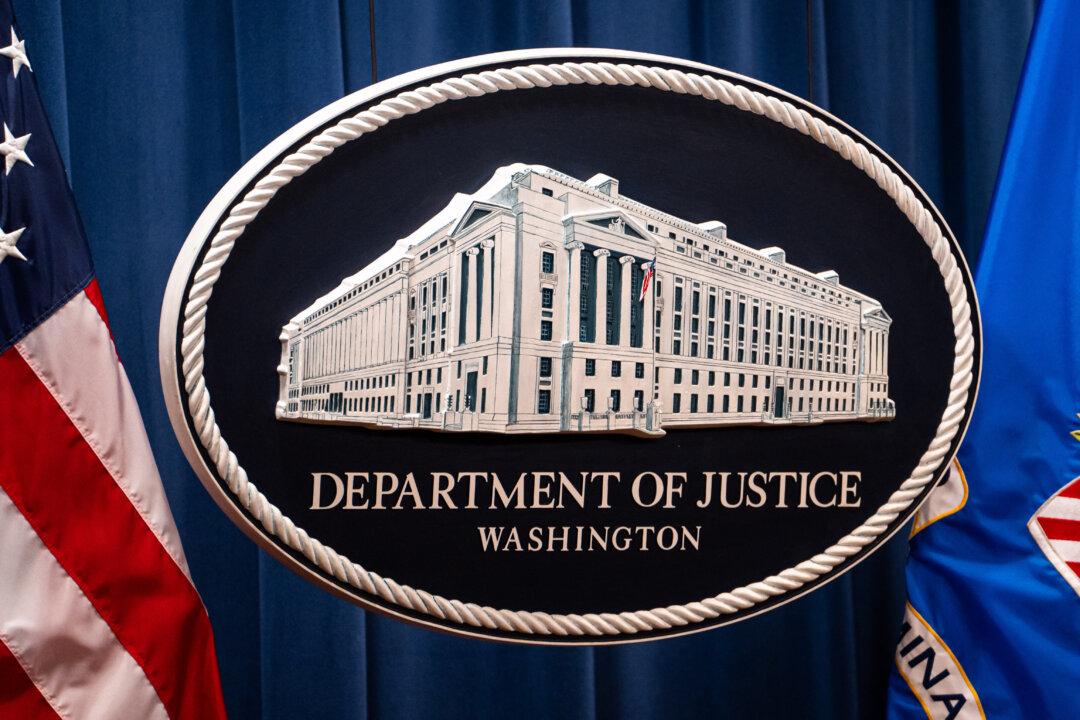One person who suffered severe allergic shock received $2,019, according to the agency, the Health Resources and Services Administration. One person who suffered heart inflammation, or myocarditis, received $1,582. Another who suffered myocarditis received $1,032.
The manufacturer of the vaccines was not made public. Information about the people who received the payments has also not been made public.
The payouts mark the first time the U.S. government has paid people who were injured by the COVID-19 vaccines, which can cause serious problems as well as death and were first introduced in late 2020.
Under the CICP, people who survive their vaccine-induced injury can receive money for unreimbursed medical expenses and lost employment income.
The newly granted compensation appears to only be for medical expenses, Wayne Rohde, author of The Vaccine Court, told The Epoch Times.
“These amounts are so low that you can credibly assume that this was just only for unreimbursed medical expenses, and that’s it,” Rohde said. “It’s unconscionable what they’re doing, but that’s this program.”
Most previous payments were for people injured by an H1N1 vaccine, including for Guillain-Barre syndrome. Some received hundreds or thousands of dollars. Eight received at least $106,723. The highest payment on record is $2.2 million.
CICP
The CICP is the only venue people can get compensation from the federal government because of the COVID-19 emergency declaration first issued during the Trump administration. Most vaccines administered in the United States are covered by the National Vaccine Injury Compensation Program. People who receive compensation through the latter are eligible for more money, in part because more categories are covered, have longer to file, and can have attorney fees covered.To get compensation from the CICP, a person must prove a “causal connection” between the vaccine taken and a serious physical injury or death, with the connection being supported by “compelling, reliable, valid, medical and scientific evidence.” The person must also show unreimbursed medical expenses or that they lost income because they were unable to work due to the injury.
Relatives of people who died can ask for survivor death benefits.
The cap for CICP on death benefits is $423,000 and the cap on lost wages is $50,000 but key questions remain, including whether survivors automatically get a full payout if their claim is approved and whether future medical care for the injured could be covered, Rohde said.
Program administrators have largely declined to share details about the program’s payments and claims that have been rejected.
Still Waiting
The first COVID-19 vaccines were authorized in December 2020. A third was cleared in the spring of 2021. They were promoted widely by U.S. health officials and taken by hundreds of millions of Americans.Historic numbers of adverse events following vaccination have been reported to the Vaccine Adverse Event Reporting System, helping authorities determine that events like severe allergic shock, or anaphylaxis, and myocarditis are caused by the vaccines.
While anyone can enter a report into the reporting system, the CICP only accepts applications filed within one year of an event. The program also only covers a small number of events at present, though what it covers exactly has not been made public.
As of April 1, 8,133 applications to CICP allege injuries and/or deaths from COVID-19 vaccines. Hundreds have been denied because of a lack of sufficient medical records or other problems, authorities say. Thousands more are pending review or are being reviewed.
Just 23 have been determined to meet the standard for compensation, including the three that were compensated.
One person suffered myocarditis from a COVID-19 vaccine but did not have “eligible reported losses or expenses,” according to CICP administrators.
Of the remaining 19 applicants waiting for compensation, 18 suffered from myocarditis, a related condition called pericarditis, or a combination of myocarditis and pericarditis. The other approved claim was for angioedema, a skin condition.






